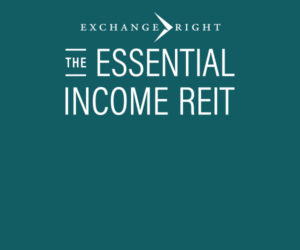Government Stimulus Softened the Blow From the Pandemic, But True Impact of the Health Crisis May Come If Support Subsides

September 2020
Multifamily rent collections exceed expectations. Jobless claims were filed at a record pace in the second quarter and continued to come in at an elevated rate through July, posing a threat to the multifamily sector. Typically, jobless renters struggle to pay rent, but the $600 per week federal unemployment supplement mitigated the impact on rent collections. For some workers, the expanded benefits surpassed their previous paychecks, which helped many of the jobless meet obligations. However, the $600 per week federal supplement expired at the end of July and while Congress has been working on an extension, a recent executive order has obfuscated the process. In an environment with lower federal benefits, collections may begin to erode.
State unemployment benefits could dictate headwinds. In the absence, or possible reduction, of federal unemployment benefits, state benefits will carry more weight for jobless renters. State-level benefits vary widely across the nation, with Massachusetts offering a max monthly benefit close to $5,000 a month, while Arizona provides just 20 percent of that allotment. Markets that demand higher rents within states that offer comparatively modest benefits may experience a significant drop-off in collections. Most of the major metros in Florida and California are at a higher risk of this as unemployment benefits fall well below average rental rates. On the other hand, jobless renters in states with lower costs of living and ample unemployment protections such as Ohio and Texas will be better equipped to meet rental obligations without federal aid.











